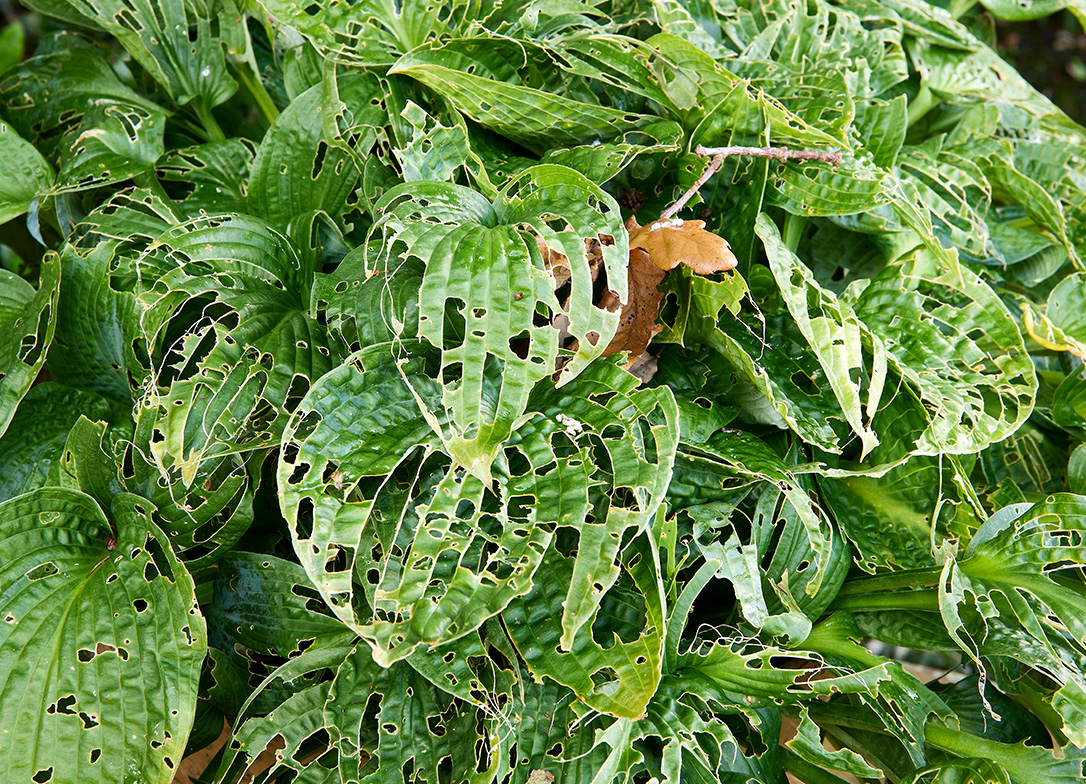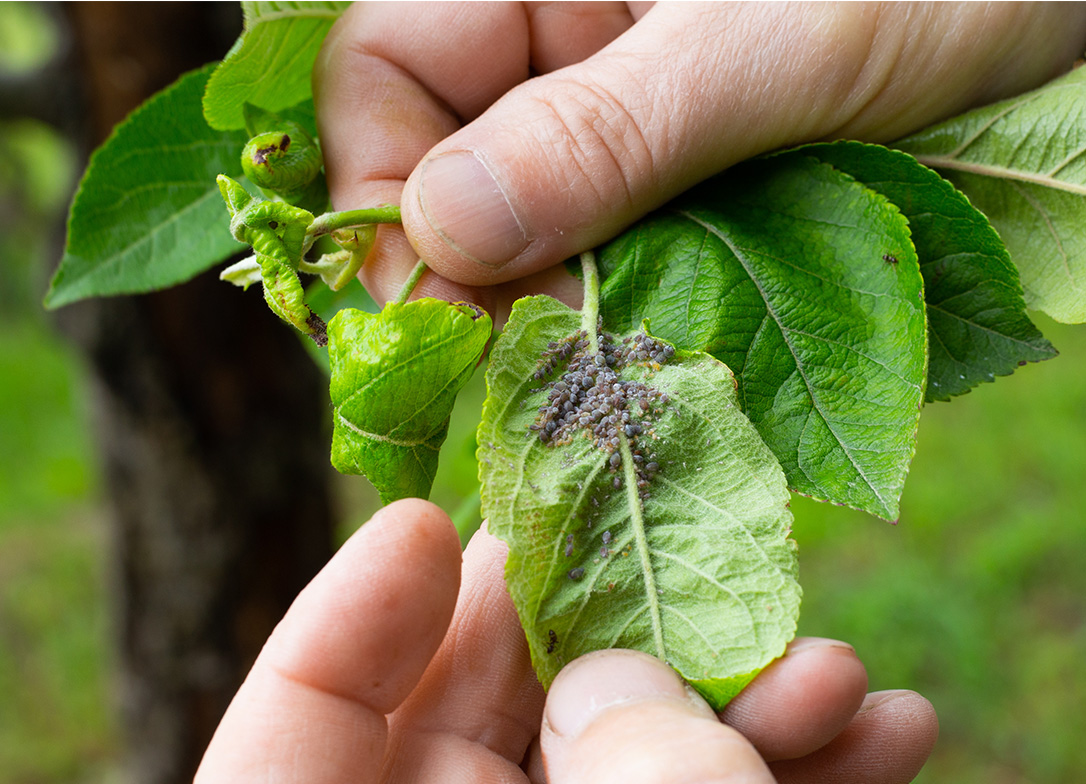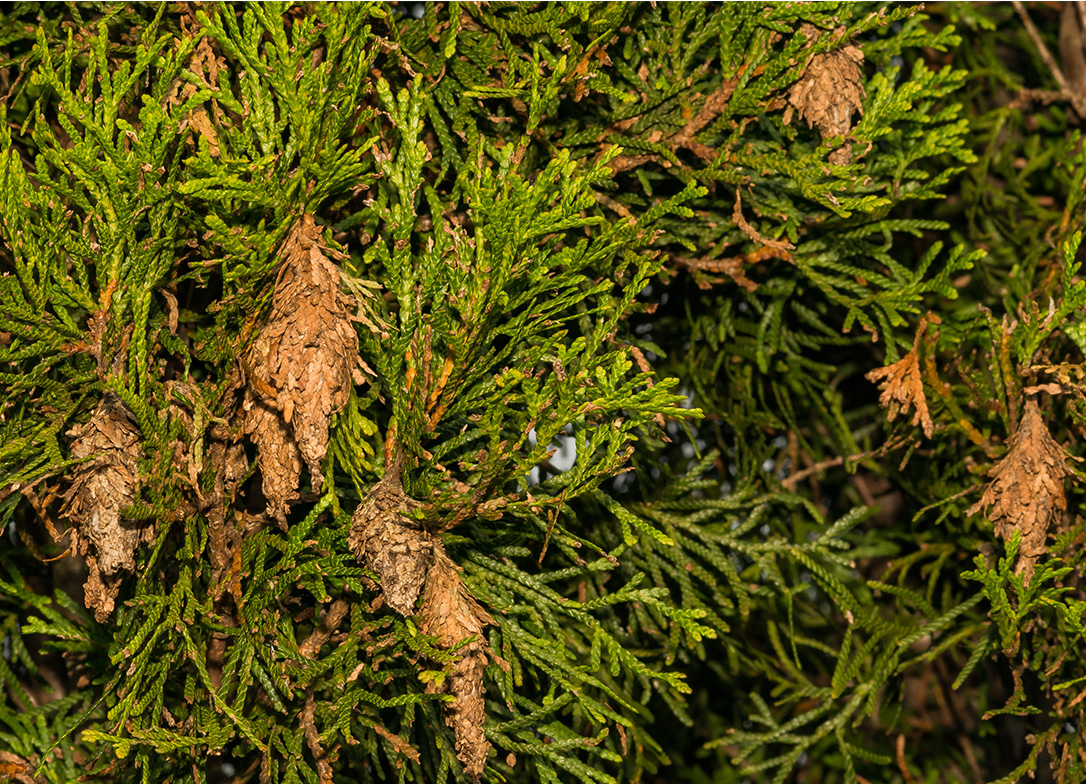25% Off ALL Cut Christmas Trees, Wreaths, & Garland
Come See Us
When summer’s in full swing in Northwest Arkansas, so is garden life—and unfortunately, that includes pests. Aphids sucking the life out of your tomatoes, bagworms taking over your evergreens, spider mites leaving mysterious webs on your roses? We’ve all been there.
The good news? You don’t have to give up your blooms or vegetables to the bugs. Below, we’re sharing how to spot some of the most common summer pests in our area, and what to do about them—whether you're into organic sprays, encouraging beneficial bugs, or pulling out the big guns.

What to Look For:
Tiny green, yellow, or black bugs clustered on new plant growth. You might also see curled leaves or sticky residue (called honeydew), which can then turn your leaves black with mold.
What They Do:
Aphids suck plant sap, weakening stems and inviting mold. They multiply quickly, so early action matters.
How to Handle Them:

What to Look For:
Fine, dusty webbing between leaves and a yellow speckled or bronzed appearance on foliage.
What They Do:
These nearly invisible pests pierce plant cells and thrive in hot, dry weather—perfectly timed with Arkansas summers.
How to Handle Them:

What to Look For:
Brown, pinecone-like sacs hanging from branches—especially on junipers, arborvitae, and cedars.
What They Do:
Caterpillars create a silken bag and munch on needles and leaves, causing browning and even plant death if left unchecked.
How to Handle Them:

What to Look For:
Large silken webs that cover entire branches, mostly on pecan, walnut, and persimmon trees.
What They Do:
Larvae eat the leaves inside their webbed nests. They're unsightly but usually more cosmetic than fatal.
How to Handle Them:

What to Look For:
Irregular holes in leaves, especially on hostas, lettuce, and other tender plants. Look for shiny slime trails in the early morning or after rain.
What They Do:
Slugs chew on foliage and flowers, often leaving plants ragged or stunted. They feed at night and hide in damp, shady spots during the day.
How to Handle Them:
Different gardeners have different comfort levels when it comes to pest control, and that’s okay! We always recommend starting with the gentlest methods first, especially when pollinators and pets are involved. But if you’ve got a full-blown infestation, chemical controls may be the most efficient option.
Want help choosing the right solution for your garden? Just ask one of our team members next time you’re in. We’ve been battling these bugs in our own yards for years.
A stressed plant is more likely to attract pests. Keep your garden healthy with proper watering, regular fertilization, and spacing that allows airflow—especially in humid Arkansas summers. A strong plant is your first line of defense.